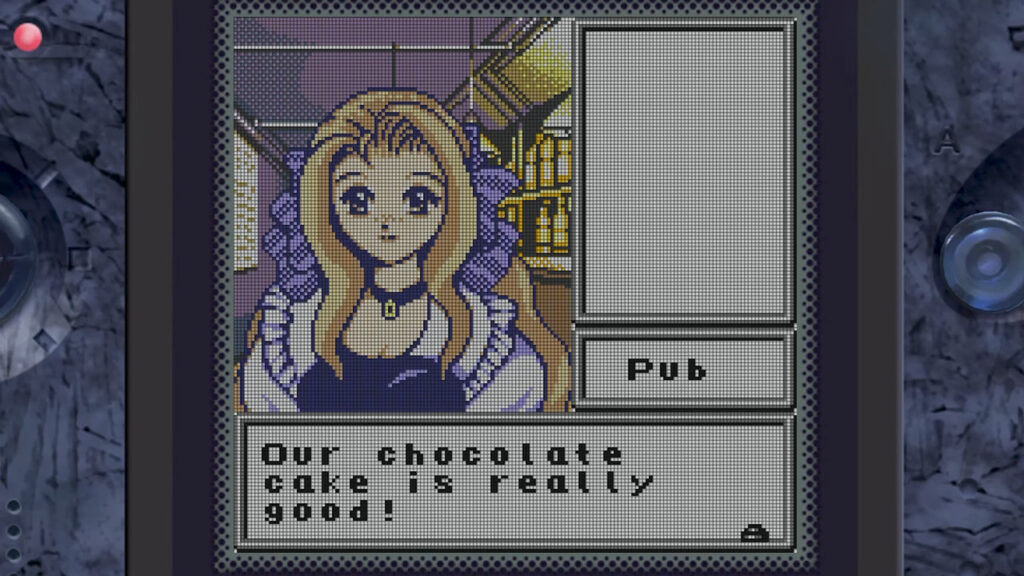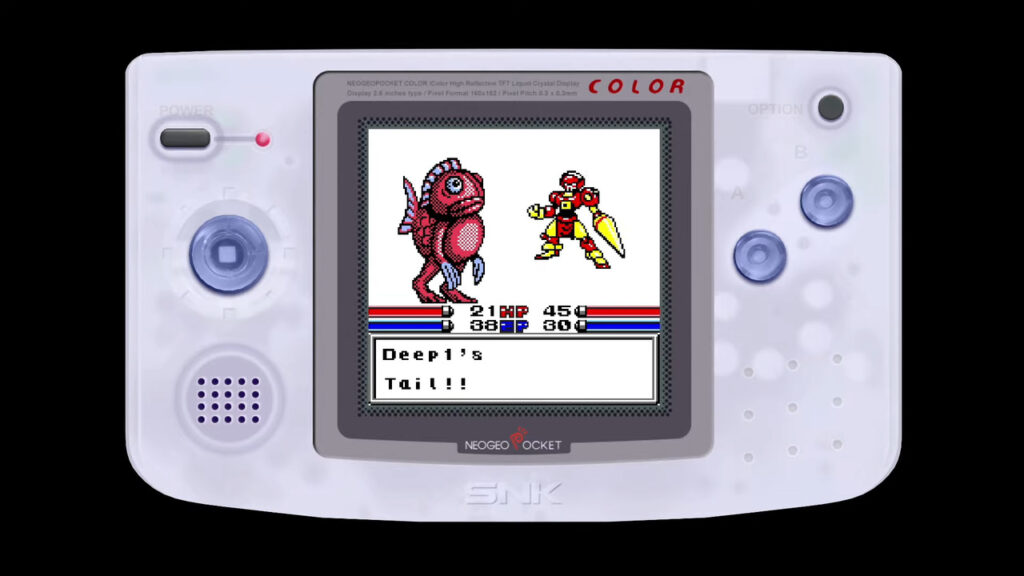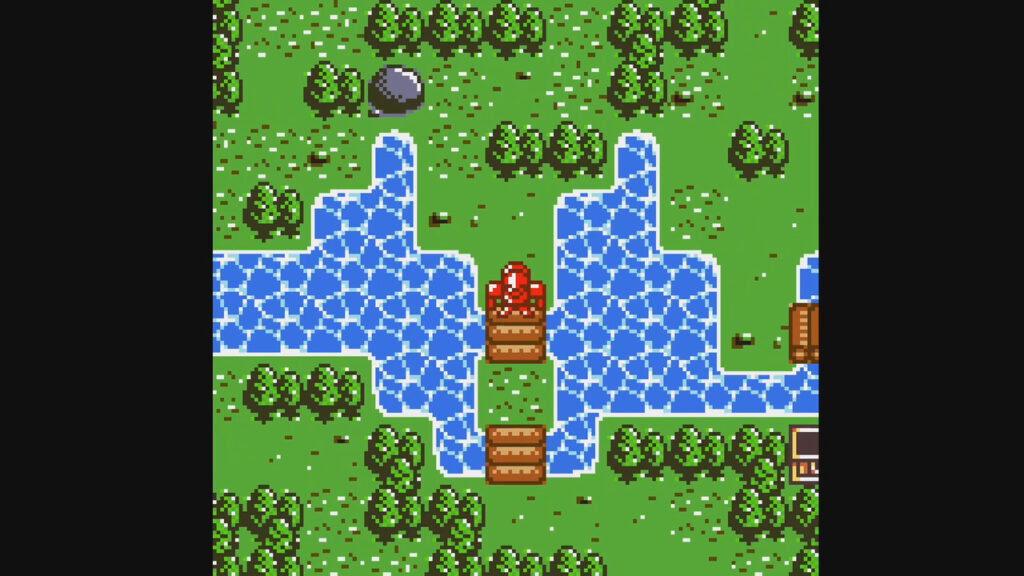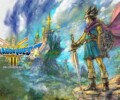
Developer: Aicom
Publisher: SNK
Platform: Switch, NeoGeo Pocket Color
Tested on: Switch
Biomotor Unitron – Review
SNK is continuing with the steady release of Neo Geo Pocket Color titles on the Switch, with Biomotor Unitron joining the likes of The Last Blade: Beyond the Destiny and SNK Gals Fighters. Unlike the majority of the previous NGPC titles that have been ported to the Switch so far, Biomotor Unitron is not a fighting game, but an RPG built around turn-based battles with customisable mech suits. Think old-school Pokémon meets Gundam and you’re already halfway there. Is this pocket sized adventure worth revisiting nearly 25 years after it originally released or should this one have remained in SNK’s vaults?
Story
For an RPG, Biomotor Unitron is surprisingly light on story. NGPC games aren’t the best place to introduce extensive and branching storylines of course, but we still feel like a little more could have been done here. There is a very basic narrative present, which sees the player take on the role of a Unitron Master, who pilots a Unitron mech suit. These massive robotic suits are used in competitive arena battles, where it’s decided which Unitron Master will eventually become the Master of Masters. That’s the main plot, although there is also a secondary story involving a bad guy. It’s all basic stuff but what Biomotor Unitron lacks in story depth, it more than makes up for in retro charm.
Graphics
Boasting the same visual enhancements that we’ve come to know and love from previous NGPC titles, Biomotor Unitron looks fantastic on the Switch, provided you turn off the Neo Geo Color screen filter in the settings. Leaving this on, as it is by default, provides a more authentic experience, of course, but we vastly preferred the vibrancy of the visuals when it was turned off. One of the visual highlights of the game is that your Unitron changes appearance as you switch out its parts, and it’s always satisfying to see just how dramatic these changes can be. The game also comes with the usual visual bells and whistles: you’re able to zoom in or out and there is a slew of NGPC frames available to make the experience feel more authentic.
Sound
While the conversion of Biomotor Unitron’s sound files to the Switch has been flawless, there is only so much that one can do to make the 8-bit tunes from a two-decade-old handheld game sound better. The tunes are forgettable and the sound effects are not all that impressive, unfortunately, but we’re going to chalk this up to hardware limitations, as we’ve done with several other NGPC titles in the past.
Gameplay
Unlike what we saw with Biomotor Unitron’s story, the gameplay depth exceeded our expectations but that had more to do because we were comparing the game with previous NGPC titles. Of course, you can’t go in expecting a title that comes packed with as many features as a game like Pokémon Legends: Arceus, given the hardware limitations of the original, but Biomotor Unitron felt very similar to something like Pokémon Red & Blue in terms of gameplay depth. The twist here is that instead of catching critters, you’ll be spending your time obtaining parts to upgrade your Unitron with. You’ll still be spending your time exploring caves, forests, and the like, engaging in turn-based battles, both in the arena and against random monsters whose type advantages and disadvantages you’ll need to memorize. There are four areas to explore and fight wild monsters in, and the layout for these is randomly generated whenever you decide to enter them. While this means that the game doesn’t grow boring as quickly, there are downsides to this: the level variations may make it difficult to find your way occasionally, and ultimately, the labyrinthian layouts don’t feel varied enough to really prevent the gameplay from becoming stale about halfway through.
That staleness has more to do with our modern-day expectations and less with Biomotor Unitron’s merit as a game. One has to look at games like this with the right mindset, and it’s clear that developer Aicom had a clear vision of what they wanted the game to be like. A good example of this is are the various arms that you can equip your Unitron with. Many of these carry an elemental specialization, such as a fire-based attack, which provides you with an advantage when you’re exploring the forest. There is a bit more depth to the customization system than simply equipping the right arm for the right dungeon and then going to town, but the preparation phase is something that is incredibly important if you’re going to sit this game out until the end. Making it to the end credits will take roughly 12 to 15 hours or so and a large part of this time is spent grinding for new parts and currency which you can spend in the village, which serves as a hub. You’ll typically simply play until you find an opponent that is too strong for you to beat, after which you return to one of the four habitats, grind for better parts, and return to beat the opponent blocking your progress. Rinse and repeat.
Compared to the previous NGPC titles we’ve looked at, Biomotor Unitron is a much bigger game. The previously released fighter titles have a theoretically infinite amount of replayability thanks to the multiplayer aspect, but you’d still have seen everything after about an hour or two, which is fairly short compared to the time that it’ll take to complete Biomotor Unitron. A lot of that content revolves around battling, and can feel very repetitive, and it’s a shame that SNK didn’t take a page from Square Enix’s book of re-releases and implemented a mechanic to speed the turn-based battles up. There are QoL improvements present here, including a rewind feature and a fully illustrated digital manual, but these have become standard for NGPC ports and we couldn’t help but shake the feeling that more could’ve been done to make Biomotor Unitron a more enjoyable experience. Not that the game isn’t fun right now but it also feels shallow and dated by today’s standards.
Conclusion
While Biomotor Unitron stands as one of the better -if not best- NGPC titles available on the Switch so far, it’s a game that holds very little value as anything but a curiosity. It’s a charming little game but the gameplay does grow stale rather quickly and the QoL improvements don’t do enough to make the game’s shortcomings easier to swallow. Even if you’re on the fence, we suggest waiting until it inevitably pops up again in the next Neo Geo Pocket Color selection -which likely contains Card Fighters’ Clash and Big Bang Pro Wrestling as well- just so that you don’t need to double-dip in the future.









No Comments